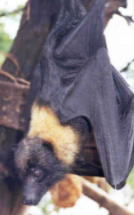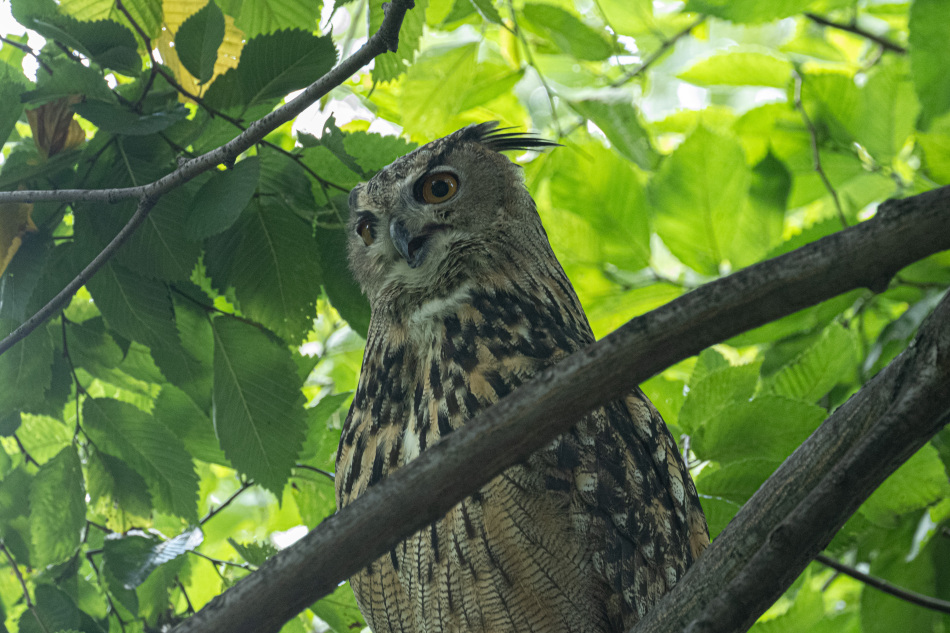Bats: Sources of Infectious Diseases

Bats as sources of diseases.
Over the past decades, the world has experienced several dramatic outbreaks such as the COVID-19, Ebola, and SARS pandemics. These are all highly infectious diseases that have altered the course of human history and development. And they all share one thing in common–bats! Now, I’m sure you are wondering what bats of all creatures have to do with deadly diseases found in society today. After all, they live a quiet life in their caves and only come out in the middle of the night to pollinate flowers (or, in my case, to swoop in my face and snap me out of a hypnotic trance while I’m out for a run at 10 pm in the night for no reason in particular). It has to do with their amazing echolocation and immune system. In terms of immunity, when bats are infected, they recover swiftly from the infection, and their immune system becomes stronger. In comparison, our response to viruses is slower and weaker.
Furthermore, every interaction a virus has with a bat’s immune system leads to their coevolution (think: Biology class and COVID variants). The bats gain a stronger immunity while the virus mutates and becomes more severe. While there is no direct correlation between humans getting diseases and bats having a strong immunity, it all has to do with the encounters between bats and humans. Bats are reservoirs of many different viruses. Moreover, because of coevolution, bat viruses are more dangerous and lead to emerging diseases (in simple terms: diseases that have just come up or are becoming more common) with high fatalities. For example, COVID.
Deforestation has led to increased human contact with bat populations. When bats are scared (because of their homes being blown up or chainsawed down), they tend to pass on more viruses. This is because their fear response makes them salivate and leave an excess of saliva in their environment, which increases the probability of passing the infection to other organisms. Also, when bats use their echolocation in response to a stimulus (like chainsaws) or while trying to find dwindling prey because of deforestation, their viruses can transmit to humans via droplets. Conclusively, bats are only a threat if we enter their habitat, hunt, eat, or make contact with them.
With that said, bats are essential to human society. According to the US National Park Service, the amount of harmful insects they eat saves billions of dollars in pest control per year. And, their biological behaviors allow several species of plants to thrive, making them an integral part of ecosystem health. Studying them would increase our knowledge about pathology and diseases. In turn, this helps society take precautions and stay healthier. It’s vital to protect these beautiful animals. To be a part of this, appreciating and respecting wildlife makes a difference. In addition, take the time to look at and learn about various aspects of the natural world because respect and connection with nature will help our planet survive.
Your donation will support the student journalists of Dublin High School. Your contribution will allow us to purchase equipment and cover our annual website hosting costs.

Tvisha is a junior at Dublin High School. She aspires to be a clinical psychologist, and LOVES to learn about the humanities! Looking at the sky,...









![[Book Review] Weapons of Math Destruction: The insidious danger of Big Data](https://thedublinshield.com/wp-content/uploads/2024/06/wmdsarticle-727x1200.jpg)


















![[Book Review] Weapons of Math Destruction: The insidious danger of Big Data](https://thedublinshield.com/wp-content/uploads/2024/06/wmdsarticle-363x600.jpg)




